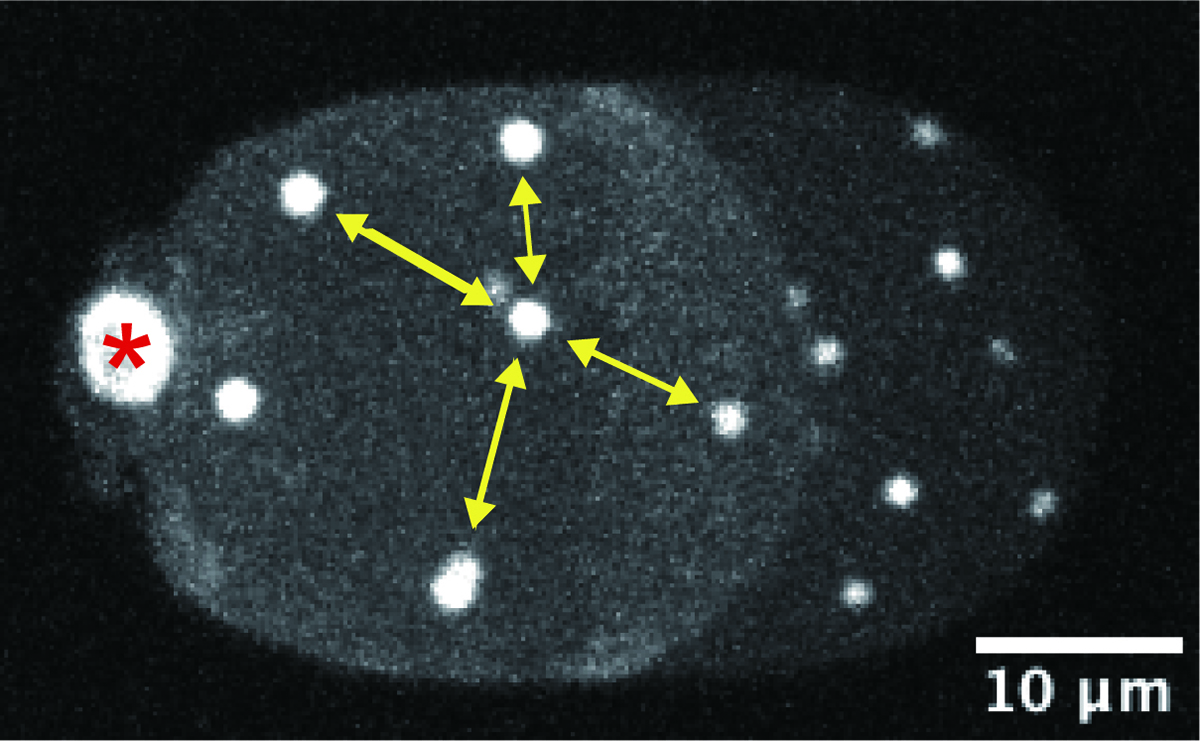2024-02-02 インペリアル・カレッジ・ロンドン(ICL)
◆ロンドン帝国大学とシーク科学者ネットワークの研究者は、サイクリング事故による頭部衝撃を和らげるターバンの性能を調査しました。彼らはターバンのスタイルによって異なる衝撃への対処方法を特定し、ターバンの着用者が最良の頭部保護を受けられるように推奨事項を提供しました。ターバンは頭部の広範囲を覆い、エネルギー吸収材料を配置することで衝撃を緩和し、頭部への回転力を減らすことができます。これにより、サイクリストや他の頭部保護を必要とする人々のリスクが低減される可能性があります。
<関連情報>
- https://www.imperial.ac.uk/news/251115/turban-style-thickness-affects-head-injury/
- https://link.springer.com/article/10.1007/s10439-023-03431-7
自転車事故シナリオにおけるシーク教徒のターバンの頭部保護に関する評価 An Assessment of Sikh Turban’s Head Protection in Bicycle Incident Scenarios
Xiancheng Yu,Gurpreet Singh,Amritvir Kaur & Mazdak Ghajari
Annals of Biomedical Engineering Published:02 February 2024
DOI:https://doi.org/10.1007/s10439-023-03431-7

Abstract
Due to religious tenets, Sikh population wear turbans and are exempted from wearing helmets in several countries. However, the extent of protection provided by turbans against head injuries during head impacts remains untested. One aim of this study was to provide the first-series data of turbans’ protective performance under impact conditions that are representative of real-world bicycle incidents and compare it with the performance of bicycle helmets. Another aim was to suggest potential ways for improving turban’s protective performance. We tested five different turbans, distinguished by two wrapping styles and two fabric materials with a size variation in one of the styles. A Hybrid III headform fitted with the turban was dropped onto a 45 degrees anvil at 6.3 m/s and head accelerations were measured. We found large difference in the performance of different turbans, with up to 59% difference in peak translational acceleration, 85% in peak rotational acceleration, and 45% in peak rotational velocity between the best and worst performing turbans. For the same turban, impact on the left and right sides of the head produced very different head kinematics, showing the effects of turban layering. Compared to unprotected head impacts, turbans considerably reduce head injury metrics. However, turbans produced higher values of peak linear and rotational accelerations in front and left impacts than bicycle helmets, except from one turban which produced lower peak head kinematics values in left impacts. In addition, turbans produced peak rotational velocities comparable with bicycle helmets, except from one turban which produced higher values. The impact locations tested here were covered with thick layers of turbans and they were impacted against flat anvils. Turbans may not provide much protection if impacts occur at regions covered with limited amount of fabric or if the impact is against non-flat anvils, which remain untested. Our analysis shows that turbans can be easily compressed and bottom out creating spikes in the headform’s translational acceleration. In addition, the high friction between the turban and anvil surface leads to higher tangential force generating more rotational motion. Hence, in addition to improving the coverage of the head, particularly in the crown and rear locations, we propose two directions for turban improvement: (i) adding deformable materials within the turban layers to increase the impact duration and reduce the risk of bottoming out; (ii) reducing the friction between turban layers to reduce the transmission of rotational motion to the head. Overall, the study assessed Turbans’ protection in cyclist head collisions, with a vision that the results of this study can guide further necessary improvements for advanced head protection for the Sikh community.


